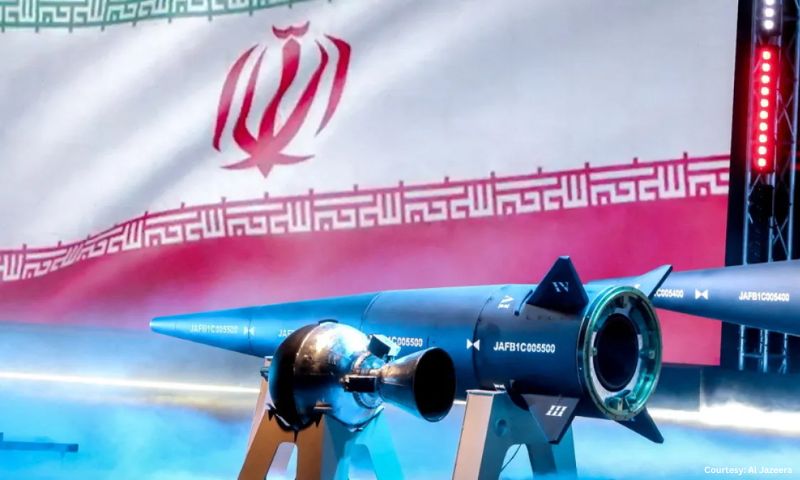TEHRAN – Iran has reportedly unveiled its latest hypersonic missile, dubbed Fattah‑1, sparking alarm in Israel and neighbouring states over its advanced speed and potential strategic reach.
What Makes Fattah‑1 Noteworthy?
- Hypersonic Capability: Able to travel at speeds exceeding Mach 5, the Fattah‑1 would drastically reduce reaction time for any defense systems attempting to intercept it.
- Precision Strike Potential: Engineered for long-range attacks, this missile could potentially strike distant targets with high accuracy—raising the stakes in regional defense planning.
- Strategically Concealed: Its mobility and possible use of stealth techniques make it harder to track using existing early-warning systems.
Regional Implications
Israel’s defense analysts are reportedly on high alert. Traditional anti-missile shields like the Iron Dome or David’s Sling may not be designed to fully counter an incoming hypersonic projectile that travels at five times the speed of sound.
Public warnings from Iranian leaders suggest the missile is a signal of deterrence—aimed at discouraging any military strikes or intervention. For observers, Fattah‑1 symbolizes a shift in Tehran’s military stance, focusing on technological advances that could outpace Israeli defenses.
What Comes Next?
- Tech Gap: Israel and its allies may accelerate efforts to upgrade radar and early-warning systems capable of detecting hypersonic threats.
- Diplomacy vs. Deterrence: As the missile enters public awareness, diplomatic pressure may rise to curb its deployment before it enters operational service.
- Regional Arms Race: With its advanced capabilities, Fattah‑1 could push neighbouring countries to reassess their defenses—or even pursue similar advancements.
Iran’s announcement of Fattah‑1 sends a clear message: its military ambitions are evolving, and the missile may soon reshape security calculations in a volatile region.
This story has been reported by PakTribune. All rights reserved.


